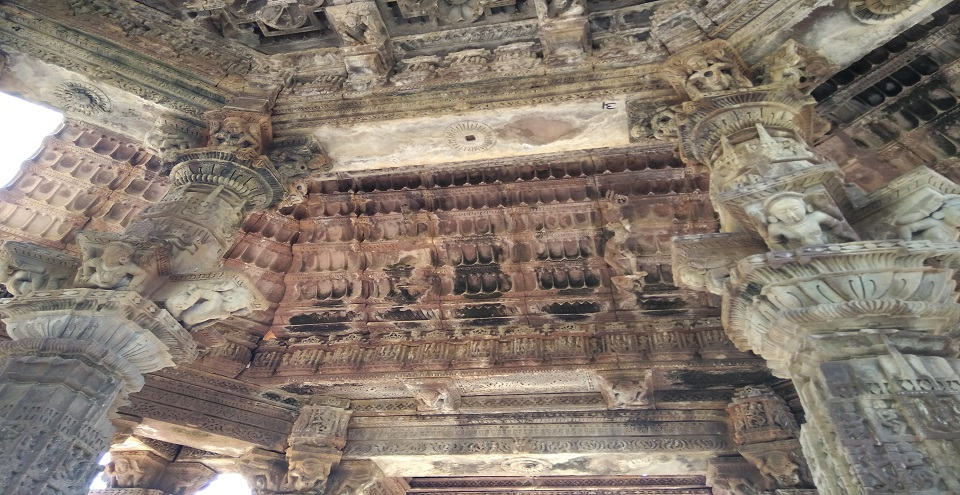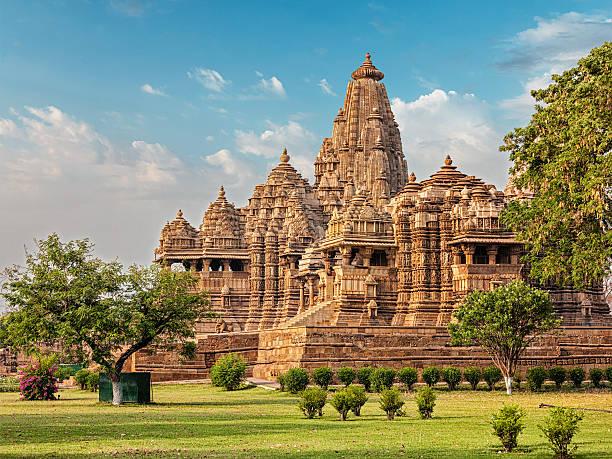Rajasthan
ASI to Restore Bhand Devra Temple in Rajasthan
- 26 May 2025
- 5 min read
Why in News?
The Archaeological Survey of India (ASI) is set to restore the 10th-century Bhand Devra temple in Rajasthan’s Baran district, often hailed as the state’s "mini Khajuraho."
Key Points
- Architectural Style and Location:
- The Bhand Devra temple, located on the bank of the Ramgarh Crater in Baran district, is built in the distinctive Nagara architectural style.
- Its resemblance to the temples of Khajuraho is striking, earning it the nickname “Rajasthan’s mini Khajuraho.”
- Historical Background and Patronage:
- The temple was originally built as a victory monument by King Malaya Verma of the Nagavanshi dynasty.
- It received renewed patronage in 1162 CE when King Trishna Verma of the Meda dynasty undertook its restoration.
- These successive contributions reflect the temple’s enduring historical and dynastic importance.
- Neglect and Loss of Heritage:
- Years of neglect and apathy have left the temple damaged, with crumbling structures and stolen idols eroding its rich heritage.
- A Geological and Cultural Wonder:
- The adjacent Ramgarh Crater, formed by an asteroid impact around 165 million years ago, is among India’s rare geo-heritage sites.
- It is a meteor impact crater of 3.5 kilometres diameter in Kota plateau of Vindhya range located adjacent to Ramgarh village in Baran district in Rajasthan.
- It is officially recognized as India’s third crater, with a diameter between the 14 km Dhala crater in Madhya Pradesh and the 1.8 km Lonar crater in Maharashtra.
Nagara or North Indian Temple Style
- About:
- Commonly found in northern India, Nagara-style temples are marked by a curvilinear tower (Shikhara), sanctum sanctorum (Garbhagriha), and pillared hall (Mandapa).
- These temples are usually constructed on a raised stone platform (Jagati) with steps leading to the entrance.
- The ground plan of a Nagara temple is typically square or rectangular with a four-sided layout.
- Shikhara (Curvilinear Tower):
- Early Nagara temples had a single Shikhara, but later ones often featured multiple towers.
- Garbhagriha (Sanctum Sanctorum):
- Located directly beneath the tallest Shikhara, the Garbhagriha houses the main deity.
- It represents the spiritual core of the temple and is often devoid of elaborate ornamentation, signifying inner sanctity.
- Jagati and Pitha (Elevated Platforms):
- Nagara temples rest on a high platform known as Jagati, which elevates the temple both physically and symbolically.
- Adhisthana (Base Platform):
- Rising above the Pitha and Jagati is the Adhisthana, the base platform upon which the superstructure (temple tower and walls) is constructed.
- Shikhara (Curvilinear Tower):
Khajuraho Temple
- About:
- Built by the Chandela dynasty in the 10th and 11th centuries, these temple groups present a unique example of architecture and sculpture.
- The number of temples built in the Nagara style has now reduced to only 20, among which the temple of Kandariya Mahadev is especially famous.
- The temples here belong to two religions – Jain and Hindu.
- World Heritage Site:
- It was included in the list of UNESCO World Heritage Sites in 1986.
Archaeological Survey of India (ASI)
- ASI, under the Ministry of Culture, is the premier organisation for the archaeological research and protection of the cultural heritage of the nation.
- Ancient Monuments and Archaeological Sites and Remains (AMASR) Act, 1958 governs the functioning of ASI.
- It administers more than 3650 ancient monuments, archaeological sites and remains of national importance.
- Its activities include carrying out surveys of antiquarian remains, exploration and excavation of archaeological sites, conservation and maintenance of protected monuments etc.
- It was founded in 1861 by Alexander Cunningham- the first Director-General of ASI. Alexander Cunningham is also known as the “Father of Indian Archaeology”.









